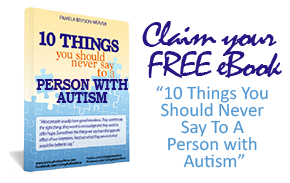BE SAFE an Interactive Course
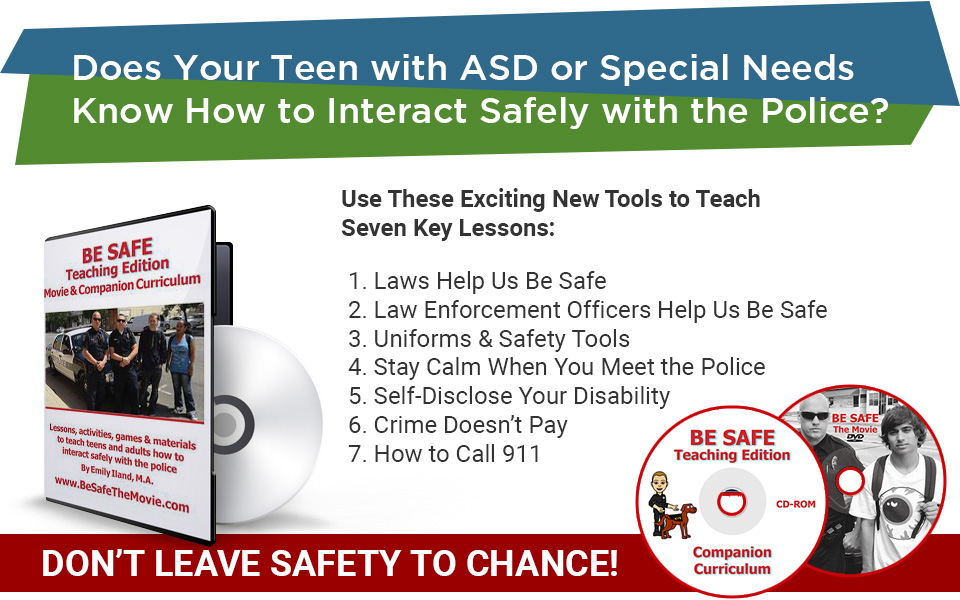
BE SAFE an Interactive Course along with an Integrated, Interactive Screening Event:
Pamela Bryson-Weaver, multi award-winning and #1 bestselling author of Living Autism Day by Day facilitates preparing teens and adults in the Canada’s BE SAFE course. A staunch autism advocate, Ms. Bryson-Weaver had gone the extra mile to acquire certification from the University of Alaska for the said BE SAFE course.
A parent to a teen with autism herself, Pamela devote much of her time in finding relevant initiatives to ensure the safety and well-being of individuals with autism. After being certified as a presenter for the BE SAFE course, Pamela has a vision of ensuring safety of all individuals in the community and to raise more awareness amongst its law enforcement and first responder agencies. BE SAFE has been introduced to several First Responders such as policemen, firefighters, 911 personnel, hospital staff particularly ER nurses and ambulatory personnel. The BE SAFE Interactive Course and interactive event aim to help develop a collaborative initiative and mutual understanding among First Responders and individuals with disabilities.
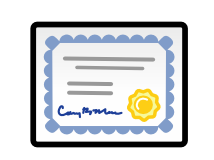 After the event, a graduation certificate will be provided to each and every participant who registered and participated in the event.
After the event, a graduation certificate will be provided to each and every participant who registered and participated in the event.
Many individuals with intellectual disabilities along with Autism Spectrum Disorders are prone to unsafe and even disastrous encounters with law enforcement officers and first responders. Safety being a number one priority, it is imperative that these individuals be taught directly and explicitly certain safety protocols to gear them with sufficient knowledge on how to behave and/or react during such encounters.
By actively promoting safety through the BE SAFE Interactive Course, certain risks and liabilities which may be debilitating to both individuals with autism and law enforcement officers can be prevented. Through this course, the individual and community can enjoy certain improvements and added knowledge leading to mutual understanding, skill-building, communication development, and in forming harmonious relationships. The course scope for safety, cooperation and setting boundaries is relevant to every teen and adult with autism, whose chances of interaction with first responders are deemed imminent any time. Its main aim is to guarantee safety and save unnecessary loss in the process.
Our Audience: Teens and adults with ASD and similar disabilities, their parents, caregivers, teachers, behaviorists, therapists, adult services staff, transition specialists, and school administrators. Local police and first responders are encouraged to attend.
Presentation Description: A local group, school or community event for teens and adults with ASD and related disabilities (along with their parents, caregivers, teachers, therapists and staff are welcomed). We will view scenes from BE SAFE The Movie, the exciting new video modeling tool that shows what to do and say in different types of police and first responder encounters. The messages of safety, boundaries, and following instructions in this presentation are relevant to every teen and adult, and can even be life-saving. Click below to watch our video.

BE SAFE is great for teens and adults with disabilities and EVERYONE else for that matter!
Help prevent problems and improve outcomes in police encounters with these 7 Episodes:
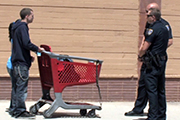 Episode 1: Laws Help us BE SAFE shows viewers how to follow laws, every day. The law applies to everyone, whether a person has a disability or not. Viewers learn to follow the law to stay out of trouble. They can copy the video model to learn to cross the street safely.
Episode 1: Laws Help us BE SAFE shows viewers how to follow laws, every day. The law applies to everyone, whether a person has a disability or not. Viewers learn to follow the law to stay out of trouble. They can copy the video model to learn to cross the street safely.
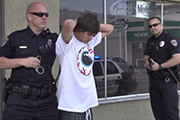 Episode 2: Law Enforcement Officers help us BE SAFE shows different ways that the police protect and serve the community. The “Innocent Mistake” scenario shows what happens when two young who have unknowingly broken a law people meet the police. -Viewers can copy the video model to learn three key skills to interact with police: Stay Where You Are, Stay Calm, and Follow All Instructions from the Police.
Episode 2: Law Enforcement Officers help us BE SAFE shows different ways that the police protect and serve the community. The “Innocent Mistake” scenario shows what happens when two young who have unknowingly broken a law people meet the police. -Viewers can copy the video model to learn three key skills to interact with police: Stay Where You Are, Stay Calm, and Follow All Instructions from the Police.
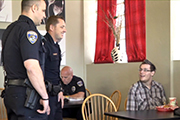 Episode 3: Uniforms and Safety Tools satisfies viewer curiosity about police uniforms and tools. In a scenario where the police and a police dog come into a restaurant, viewers can copy the model “keep your hands to yourself,” do not touch the police, their weapons or their canine partners.
Episode 3: Uniforms and Safety Tools satisfies viewer curiosity about police uniforms and tools. In a scenario where the police and a police dog come into a restaurant, viewers can copy the model “keep your hands to yourself,” do not touch the police, their weapons or their canine partners.
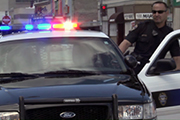 Episode 4: Stay Calm When You Meet the Police is the signature scene fo BE SAFE, showing an encounter between a young robbery suspect and two armed officers. Most people will never be detained or arrested in their lifetime, but it’s crucial to know how to cooperate calmly, just in case. Viewers can copy the video model to follow all steps of an arrest procedure, and respond to directions from the police.
Episode 4: Stay Calm When You Meet the Police is the signature scene fo BE SAFE, showing an encounter between a young robbery suspect and two armed officers. Most people will never be detained or arrested in their lifetime, but it’s crucial to know how to cooperate calmly, just in case. Viewers can copy the video model to follow all steps of an arrest procedure, and respond to directions from the police.
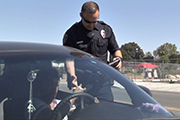 Episode 5: Self-Disclosure (Tell the Police About Your Disability) shows an encounter between a young driver and the officer who pulls her over for speeding. Viewers can copy the video model showing safe ways to let the police know about their disability or special needs.
Episode 5: Self-Disclosure (Tell the Police About Your Disability) shows an encounter between a young driver and the officer who pulls her over for speeding. Viewers can copy the video model showing safe ways to let the police know about their disability or special needs.
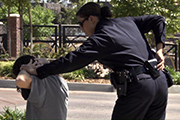 Episode 6: The Right to Remain Silent comes into play when the police catch a young purse-snatcher in the act and he is taken to the police station. Viewers learn about what happens next and can copy the video model to remain silent if arrested.
Episode 6: The Right to Remain Silent comes into play when the police catch a young purse-snatcher in the act and he is taken to the police station. Viewers learn about what happens next and can copy the video model to remain silent if arrested.
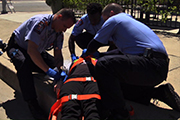 Episode 7: BE SAFE in an Emergency shows a young man making a 911 call and what happens when paramedics arrive. Viewers can become familiar with what happens in a medical emergency and even practice answering some of the many questions paramedics ask.
Episode 7: BE SAFE in an Emergency shows a young man making a 911 call and what happens when paramedics arrive. Viewers can become familiar with what happens in a medical emergency and even practice answering some of the many questions paramedics ask.
An 8 Episode is a Interactive screening with local community police and first responders where the participants and community have the opportunity to an interactive screening. Participants and community members will be introduced to several First Responders such as policemen, firefighters, 911 personnel, hospital staff particularly ER nurses and ambulatory personnel. These professionals will discuss with the participants and community their standard work protocol and will also be bringing in equipment used during emergencies. This BE SAFE interactive event aims to help develop a collaborative initiative and mutual understanding among First Responders and individuals with autism and other disabilities.
Don’t leave safety to chance! Call Pamela Bryson-Weaver to offer your community, your group, your school, your teen or adult the BE SAFE COURSE today!I want to express how grateful I am and my appreciation to Emily Inland for developing this program of life saving skills for our vulnerable population in keeping them safe; and there is nothing more important than keeping our loved ones safe.
Email pamela@livingautismnow.com or phone 613.438.4273 if you have any questions.
